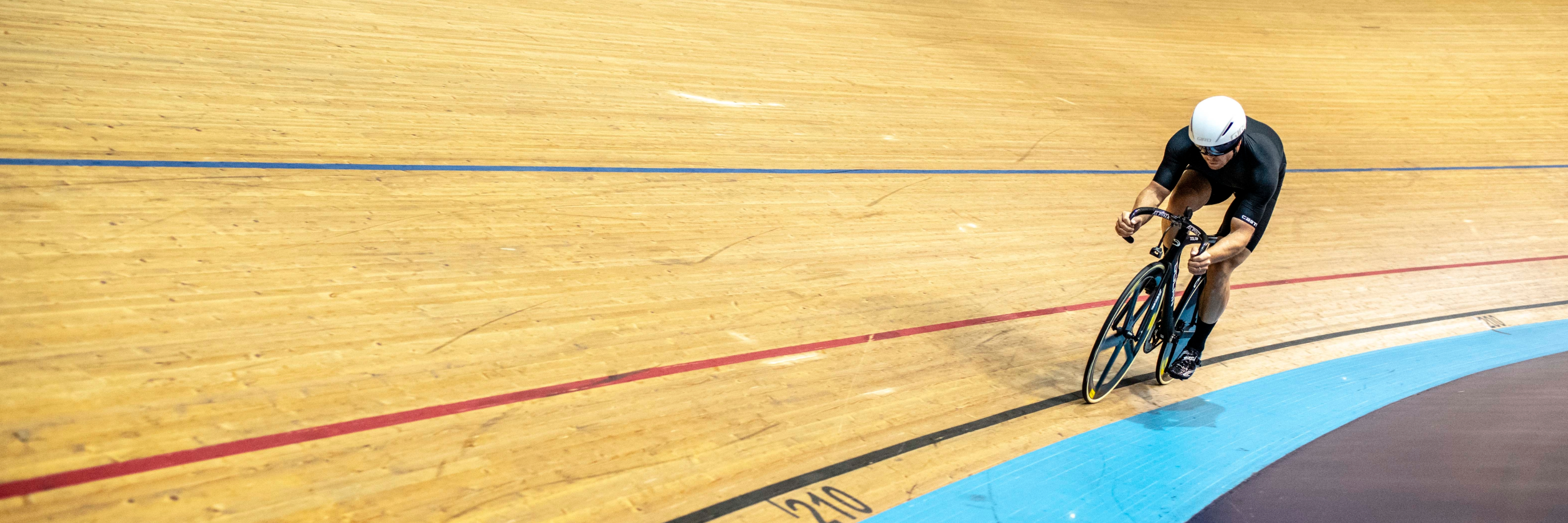Aerosensor is the result of 20 years of experience in Formula One, where aerodynamics is key to success. It is commonly said that races are not won on track, but in wind tunnels. Having the best aerodynamics in the tunnel is no good if that doesn’t translate to the track.

Aerodynamics In A Nutshell
Aerodynamics is the science of how air flows around objects. In cycling, it is all about making the rider more aerodynamic. The less wind resistance they have, the faster they can go.
In Formula One, it is about making the car more aerodynamic. The less drag (air resistance) the car has, the faster it can go.
However, there are a number of very different ways to achieve this in each sport.
Cycling Aerodynamic Technology
Riders spend a lot of time in “the position”. This is where they tuck their chin down to their chest and extend their arms and legs out as straight as possible. This makes them more aerodynamic because it presents a smaller surface area to the wind.
In Formula One, the cars are designed to be as aerodynamic as possible from the start. The shape of the car is very important and there are many different ways to make a car more aerodynamic. For example, adding “wings” to the front and back of the car can help redirect airflow around the car and reduce drag.
Of course, track conditions, driver weight etc are going to come into play. But wind condition is another factor we’ve been focussing on – taking cycling aerodynamic technology and implementing it into other uses.
All of these factors are affected by wind yaw angle as well as cornering conditions: sideslip and rotation rate.
Understanding Wind Conditions
Understanding wind conditions is key to making sense of on-track aerodynamic data, but we found that traditional yaw pitot tubes were not adequate for low-speed, high-yaw conditions such as hairpins. Although, we found that there were no real satisfactory answers either.
What Is Yaw?
A function of ambient wind speed, it is defined as ‘the angle between the direction of motion and the ambient wind vector.’ Just to make it more confusing, a vector is different to the wind direction… Instead, it is the combination of cycling speed and wind direction.
The higher the cyclist’s speed, the lower the relative yaw angle.
As aerodynamics is so key to performance, it is critical that teams are able to compare real-time data against predictions from the wind tunnel and CFD.
This is where cycling came in. We started looking at cycling aerodynamics and how they manage to get such good performances out of relatively simple shapes. We realized that we could use some of these ideas in Formula One and developed the Yaw Pitot.
Patented Probe Design
Our patented probe design has been so successful that we are now selling it back to F1. Where we started off with a mission to bring F1 aerodynamic technology to cycling, we have now gone full circle with a number of teams running our yaw pitot probes in several racing formulas, including Formula One and Indycar.
Patented technology measures wind speed and yaw angle with an accuracy 10-20 times better than traditional multi-hole pitot tubes.

The key to our design is keeping steady, attached flow in an internal duct so that we can take a reliable measurement. The image below is taken from our latest development cycle which has allowed us to reduce our probe design to just a 6mm diameter head, whilst increasing the operating range of yaw angles to over +/-40°.

Please contact us at sales@aerosensor.tech if you would like to know more about our extesive range of aerodynamic probes for automotive, motorsport and aerospace application.
